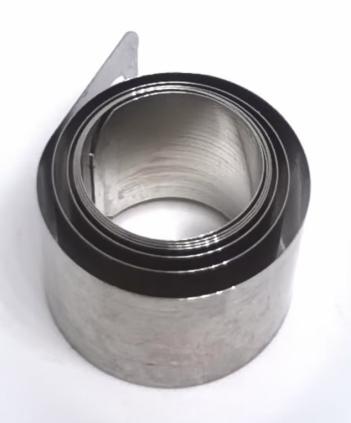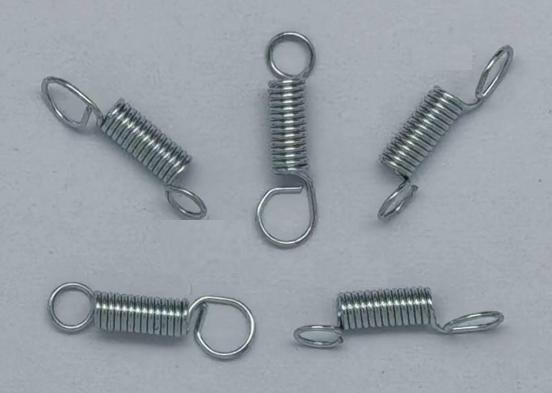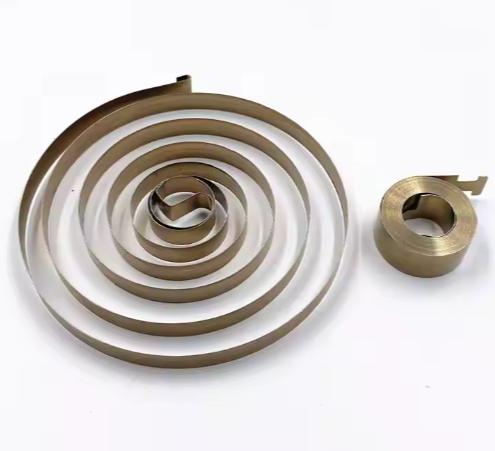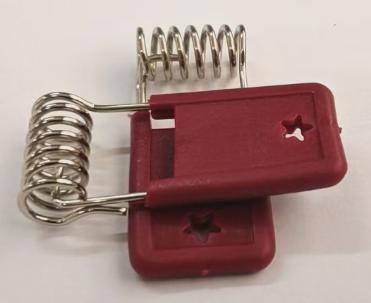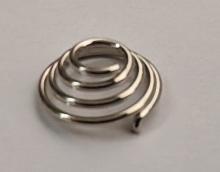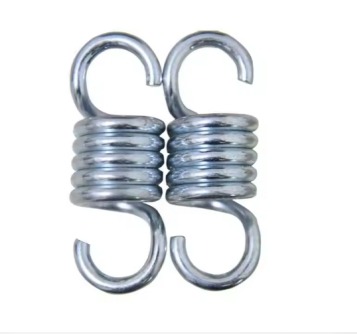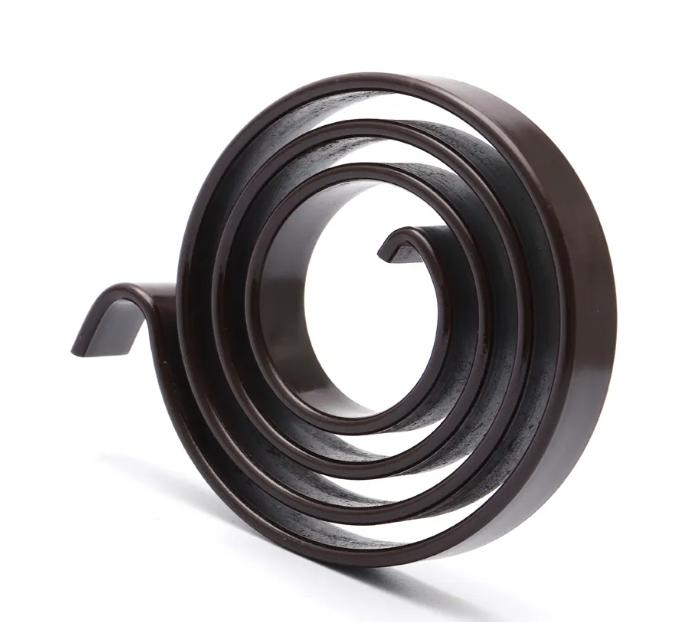Advanced Manufacturing Techniques for Compression Springs
Compression springs are playing a vital role in the functionality of numerous mechanical systems. Recent advancements in manufacturing techniques have significantly improved the performance, durability, and efficiency of these springs. This article explores the cutting-edge methods shaping the future of compression spring production.
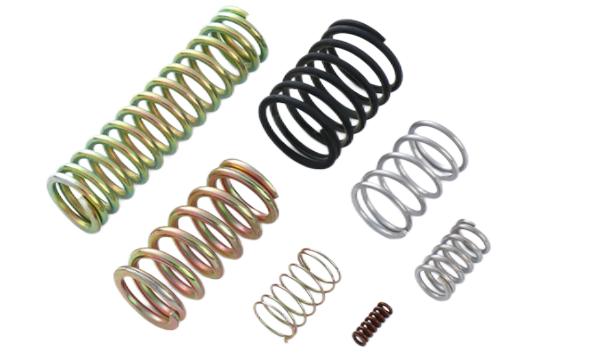
What are Compression Springs
Compression springs are mechanical devices designed to store energy and resist compressive forces. They are typically coiled in a helical shape and made from various materials, including steel, stainless steel, and other alloys. When a compressive load is applied, these springs contract, storing mechanical energy and providing a pushing force in the opposite direction. Compression springs are widely used in numerous applications, such as automotive suspensions, industrial machinery, medical devices, and consumer electronics, due to their ability to absorb shock, maintain force, and return to their original shape after compression. Their versatility, durability, and efficiency make them essential components in many engineering and mechanical systems.
Traditional Manufacturing Techniques for Compression Springs
This chart outlines the various traditional techniques used in the manufacturing of compression springs, highlighting their main features, benefits, and drawbacks.
| Traditional Manufacturing Technique | Description | Advantages | Disadvantages |
| Manual Coiling | Springs are coiled by hand or with basic machinery. | Low initial cost, suitable for small batches and custom orders. | Limited precision, labor-intensive, and inconsistent quality. |
| Cold Drawing | Wire is pulled through a die to reduce diameter and improve properties. | Improves strength and surface finish. | Limited to specific wire sizes and shapes. |
| Heat Treatment | Springs are heated in a furnace and then cooled. | Enhances strength and durability. | Potential for oxidation, less precise control over properties. |
| Grinding | Ends of the springs are ground flat for stability. | Provides stable seating, essential for many applications. | Adds additional manufacturing step, increasing time and cost. |
| Plating | Applying a metal coating to prevent corrosion. | Enhances corrosion resistance and appearance. | Adds extra cost and time, potential for uneven coating. |
| Testing (Manual/Basic) | Springs are manually tested for load and compression. | Ensures basic quality and functionality. | Less precise, higher likelihood of human error. |
| Cold Rolling | Wire is rolled to improve mechanical properties. | Increases tensile strength and fatigue resistance. | Limited to specific wire dimensions. |
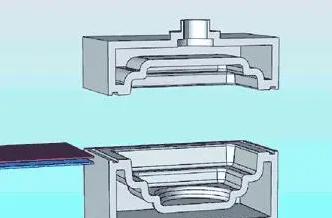
Innovations in Manufacturing Techniques for Compression Springs
1. Precision Coiling
CNC Coiling Machines
CNC coiling machines have revolutionized the coiling process, offering unprecedented precision and consistency. These machines enable the production of springs with highly accurate dimensions and properties, meeting stringent specifications required for high-performance applications. CNC coiling allows for the creation of complex coil geometries that were previously difficult to achieve, ensuring uniformity and reliability across batches.
High-Speed Coiling
High-speed coiling machines increase production rates without compromising precision. These machines use advanced sensors and control systems to maintain exact specifications even at high speeds. This technology is particularly beneficial for large-scale manufacturing where efficiency and throughput are critical.
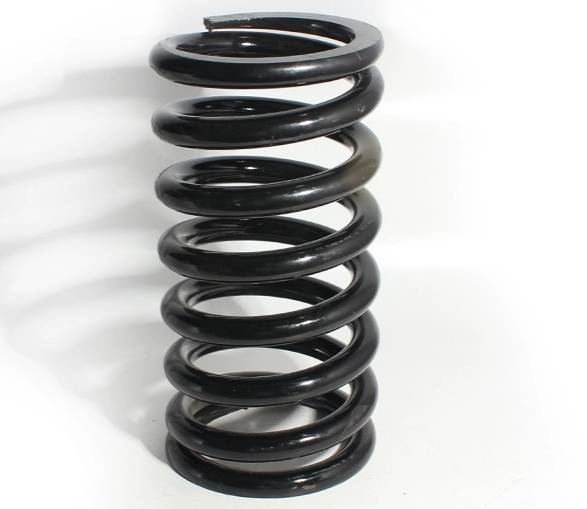
2. Material Innovations
High-Performance Alloys
The use of high-performance alloys such as Inconel, titanium, and superalloys has become more prevalent. These compression spring materials offer superior resistance to high temperatures, corrosion, and mechanical stress, making them ideal for demanding applications in aerospace and automotive industries. The development of new alloys with enhanced properties continues to push the boundaries of what compression springs can achieve.
Composite Materials
Advancements in composite materials have introduced new possibilities for compression spring manufacturing. Composites can combine the benefits of different materials, such as lightweight properties and high strength, leading to springs that are both durable and efficient. These materials are especially useful in applications where weight reduction is critical, such as in the aerospace sector.
3. Surface Treatments
Shot Peening
Shot peening is a surface treatment process that involves bombarding the spring surface with small spherical media. This induces compressive stresses on the surface, significantly enhancing the fatigue resistance of the springs. Shot peening is essential for extending the lifespan of springs used in high-stress environments.
Electroplating
Electroplating involves adding a protective metallic coating to the surface of the springs. This process improves corrosion resistance and wear properties, ensuring that the springs maintain their performance over time, even in harsh environments.
Passivation
Passivation is a chemical treatment used primarily for stainless steel compression springs. It removes surface contaminants and forms a protective oxide layer, enhancing the corrosion resistance of the springs. This treatment is crucial for springs used in medical devices and other sensitive applications.
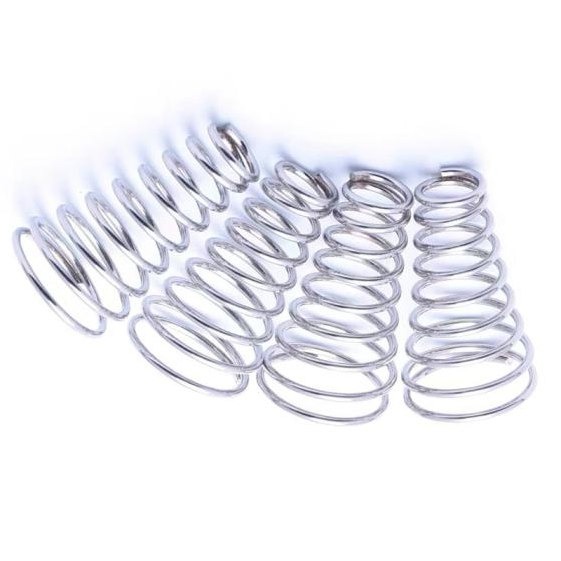
4. Heat Treatment
Vacuum Heat Treatment
Vacuum heat treatment offers precise control over the heating and cooling cycles, eliminating oxidation and contamination. This process results in cleaner, stronger springs with improved mechanical properties. Vacuum heat treatment is particularly beneficial for high-performance springs used in critical applications.
Induction Hardening
Induction hardening is a localized heat treatment process that selectively hardens specific areas of the spring. This technique enhances surface hardness while maintaining the ductility of the core, resulting in springs with superior strength and fatigue resistance.
5. Additive Manufacturing
3D Printing
Additive manufacturing, or 3D printing, has made significant inroads into compression spring production. This technology allows for the creation of complex and customized spring designs that are difficult or impossible to achieve with traditional methods. 3D printing enables rapid prototyping and material optimization, reducing development time and costs. It also facilitates weight reduction, which is crucial for applications in aerospace and medical devices.
6. Quality Control and Testing
Non-Destructive Testing (NDT)
Non-destructive testing techniques, such as ultrasonic testing and X-ray inspection, are used to detect internal defects and ensure the integrity of the springs. These methods provide detailed insights into the quality of the springs without causing any damage.
Automated Vision Systems
Automated vision systems and laser measurement tools offer precise dimensional analysis, ensuring that each spring meets the required specifications. These systems enhance quality control by providing real-time feedback and reducing the likelihood of defects.
7. Sustainability and Efficiency
Material Efficiency
Modern coiling machines are designed to minimize material waste by optimizing the cutting process. This approach not only reduces costs but also contributes to sustainability by minimizing scrap.
Energy-Efficient Processes
Energy-efficient heat treatment methods and closed-loop systems help reduce energy consumption and environmental impact. By integrating these sustainable practices, manufacturers can improve their overall environmental performance.

Conclusion
The manufacturing of compression springs has advanced significantly, driven by the need for precision, performance, and sustainability. Techniques such as CNC coiling, high-performance materials, advanced surface treatments, and additive manufacturing have collectively revolutionized the industry. Enhanced quality control and sustainable practices further ensure that compression springs meet the demands of modern applications.

